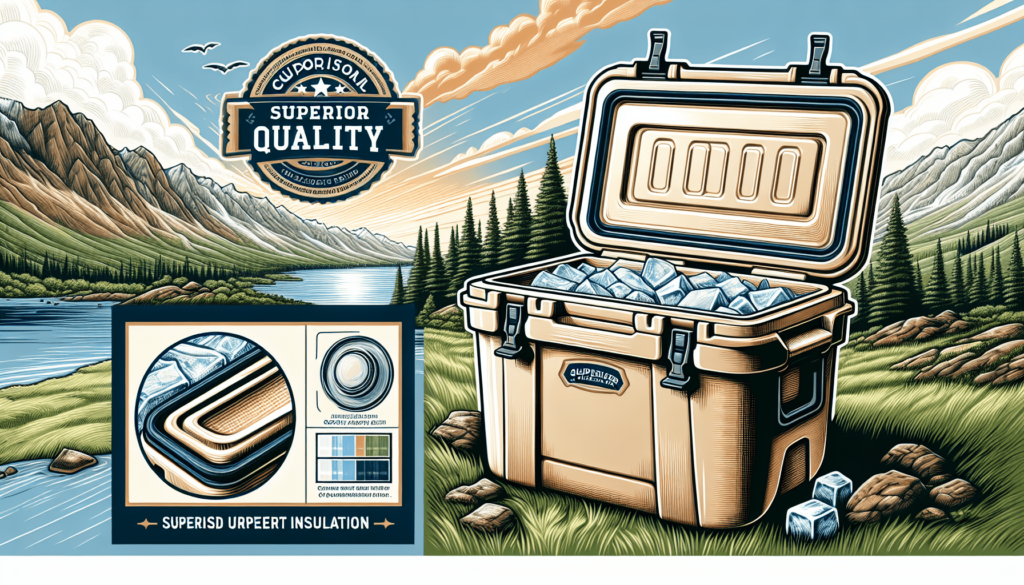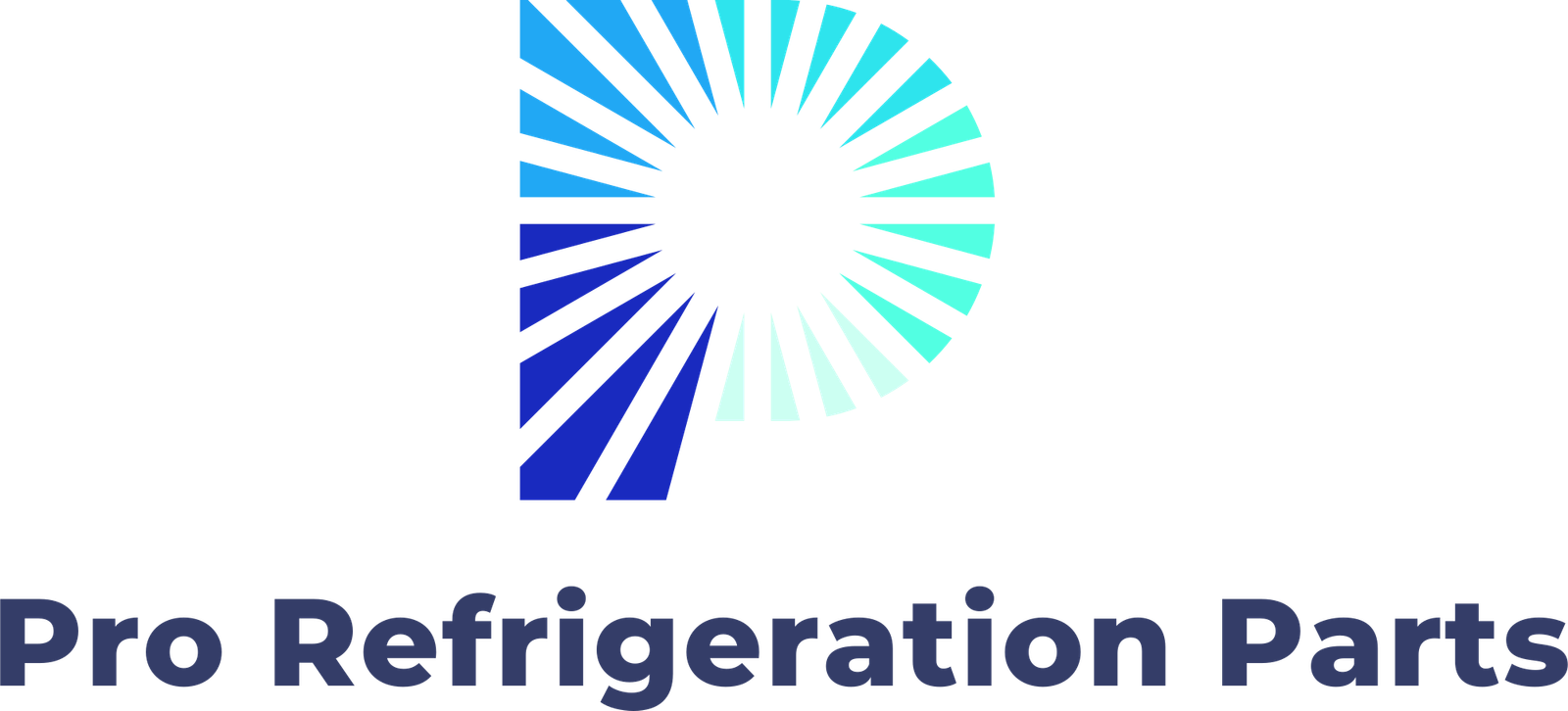True Cooler Parts: How To Properly Insulate And Seal Your Equipment
Have you ever wondered how well your cooler is actually performing?

Understanding Insulation and Sealing
To ensure your cooler operates at peak efficiency, understanding the concepts of insulation and sealing is crucial. Insulation plays a vital role in maintaining temperature, while proper sealing prevents unwanted air from entering or escaping. Together, they keep your food fresh and your drinks cold.
Why Insulation Matters
Insulation is like a cozy blanket for your cooler. It keeps the cold air in and the warm air out, allowing the cooling system to work more efficiently. If the insulation is compromised, your equipment will have to work harder, leading to higher energy costs and potential equipment failure.
Sealing: Your Cooler’s First Line of Defense
The seals around your cooler doors are equally important. A poor seal can allow warm air to seep in, creating an energy drain and making it harder for the cooler to maintain a consistent temperature. Properly functioning seals prevent unwanted airflow, promoting energy efficiency and lengthening the life of your cooler.
Common Insulation Issues
Just like any other equipment, coolers can encounter insulation problems. Here’s a closer look at some common issues and how to address them.
Cracked or Damaged Insulation
Over time, materials can wear down, leading to cracks and other damage. This not only affects the appearance of your cooler but also its insulation properties. If you notice any visible damage, it may be time to replace the insulation material.
Insufficient Insulation Thickness
Sometimes the insulation isn’t quite thick enough for the temperatures your cooler is expected to handle. Check your manufacturer’s specifications to ensure you’re meeting or exceeding them. If not, consider adding extra layers of insulation for improved performance.
Poorly Installed Insulation
If insulation isn’t installed correctly, it won’t function effectively. Inspect your cooler to ensure that all areas are adequately insulated, and make adjustments as needed. This may mean securing loose sections or refilling gaps.
Sealing Techniques and Materials
Ensuring a tight seal around your cooler is essential. Different materials and techniques can help you create an effective barrier against unwanted airflow.
Weatherstripping
Weatherstripping is an excellent option for sealing doors and panels. This material compresses when the door closes, creating a tight fit that minimizes gaps. You’ll find different types, including adhesive-backed foam, which you can easily apply yourself.
Gasket Replacement
Over time, gaskets can degrade, leading to poor seals. If you notice visible wear, replacing old gaskets is an easy fix. Carefully remove the old gasket and use a thermal adhesive to attach the new one, ensuring a perfect fit.
Silicone Caulk
For areas where different materials meet, silicone caulk is your go-to solution. It fills gaps effectively and expands and contracts with temperature changes. Apply a thin line of caulk at potential leak areas and smooth it for an even finish.
Assessing Your Cooler’s Condition
Regular assessments will help identify insulation and sealing issues before they become significant problems.
Visual Inspections
A quick visual inspection of insulation and seals can prevent small issues from escalating. Check for cracks, peeling, or gaps in both insulation and seals. If you notice problems, address them promptly.
Temperature Checks
Utilizing thermometers inside your cooler lets you monitor performance. If the temperature rises beyond optimal levels, you may have insulation or sealing problems that need attention. Regular temperature checks can also help you determine if your maintenance efforts are effective.

Maintenance Tips
Regular maintenance is necessary to keep your cooler in optimal condition.
Cleaning
Proper cleaning of your cooler’s exterior and interior surfaces prevents the buildup of debris that can affect both insulation and sealing. Use mild soap and water, ensuring no residues remain that could impair functionality.
Inspecting Electrical Components
While insulation and sealing are crucial, ensuring the electrical components work efficiently is also essential. Regularly check connections and wires for wear. If necessary, consult a technician for repairs.
Testing Water Drainage
If your cooler has a drainage system, ensure it’s functioning correctly. Blockage could lead to water pooling and creating a damp environment, damaging insulation over time. Regular testing makes sure water drains effectively.
Choosing the Right Replacement Parts
When it comes to insulation and sealing, choosing the right replacement parts is vital for maintaining efficiency.
Genuine True Cooler Parts
Whenever possible, opt for genuine True Cooler parts. They are designed specifically for your equipment, ensuring a precise fit and optimal performance. Using generic parts might lead to inefficiencies or additional repairs down the road.
Insulation Material Options
Different insulation materials are available, each with its advantages and disadvantages. Common options include:
| Material | Advantages | Disadvantages |
|---|---|---|
| Polyurethane Foam | High R-value, good compressive strength | Can be more expensive |
| Fiberglass Insulation | Inexpensive, resistant to moisture | Lower R-value compared to foam |
| Reflective Barrier | Reflects radiant heat | Not effective in extreme temperatures |
Consider your specific needs and budget when choosing insulation materials.
Seal Options
Choosing the right seal materials is also important. Common options include:
| Seal Type | Advantages | Disadvantages |
|---|---|---|
| Rubber Seals | Durable, resilient | May require more frequent replacement |
| Neoprene Seals | Excellent durability and resistance to weather | Higher initial cost |
| Silicone Seals | Flexible and adaptable to various surfaces | Less durable long-term |
Evaluate the pros and cons of each type when replacing seals on your cooler.
Professional Help
Sometimes, DIY repairs aren’t enough, and you should seek professional assistance.
When to Call a Technician
If you notice severe insulation or sealing issues affecting your cooler’s performance, it’s time for a professional evaluation. Also, if your electrical components show consistent problems, a technician’s expertise might be necessary to avoid further damage.
Finding a Qualified Professional
When looking for a technician, ensure they have experience with True Coolers specifically. Ask for referrals or check reviews to ensure you’re getting someone knowledgeable about your specific equipment type.
The Importance of Proper Insulation and Sealing
Proper insulation and sealing aren’t just about cost savings. They play a crucial role in maintaining a consistent temperature, keeping your products safe and fresh.
Energy Efficiency
By improving the insulation and sealing of your cooler, you reduce the energy required to maintain low temperatures. This efficiency translates to lower electricity bills and a smaller carbon footprint, which is beneficial for both your wallet and the environment.
Product Longevity
Proper insulation and sealing extend your cooler’s lifespan. When your equipment works efficiently, wear and tear is minimized, allowing your cooler to serve you well for years to come.
Health and Safety
A well-functioning cooler helps prevent food spoilage and bacterial growth, ensuring food safety. By maintaining optimal temperatures through effective insulation and sealing, you’re safeguarding the health of your customers and yourself.
Conclusion
Investing time and resources into properly insulating and sealing your True Cooler is a proactive approach that leads to significant benefits. By understanding the importance of insulation, recognizing sealing techniques, regularly assessing your equipment, and knowing when to seek help, you can ensure your cooler performs optimally.
Taking these steps will help you have a reliable cooler and keep your food and beverages at safe temperatures, saving you money and ensuring satisfaction. Remember, proper maintenance and timely repairs can make a world of difference in your cooler’s performance and longevity. So why not start today? Your future self will thank you!
